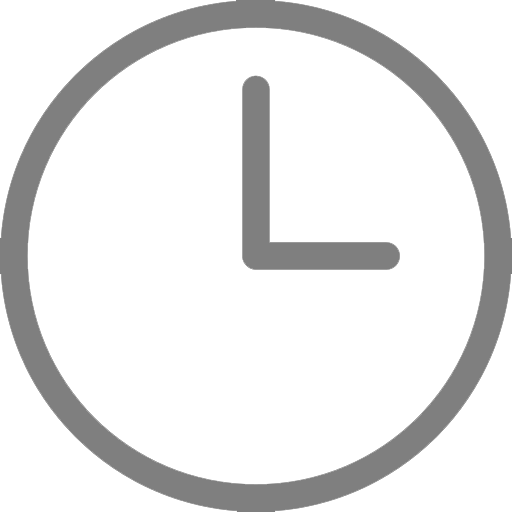Today’s healthcare patient call centers are buzzing with activity, and it’s not surprising why. Healthcare is confusing even for the savviest consumers, and when the annual healthcare deductible reset occurs, well, that just adds an additional layer of complexity. Healthcare financial leaders recognize the importance of patient call centers, but do they truly understand the direct and indirect revenue potential? Below are significant opportunities to utilize your call center as a financial resource, as well as tactics to maximize value further and yield greater results.
1. Reduce aging patient accounts receivable
Patients who understand what they owe and why are more likely to follow through with payment or sign up for a payment plan. Call center agents can promote accelerated patient payments that lead to smooth cash flow.
2. Mitigate fines for noncompliance with surprise billing.
Call center agents can provide proactive patient financial education to help organizations avoid penalties for noncompliance with the No Surprises Act.
3. Improve the patient experience.
Patient call center agents are an extension of the organizations they serve. As such, they have opportunities to build rapport in an age of digital communication, enhance patient engagement, and boost overall patient satisfaction. In addition, they can cost-effectively perform CAHPS and other patient experience surveys that organizations can, in turn, leverage to gain feedback.
4. Identify recovery complications sooner.
Through outreach and care coordination, patient call center agents can greatly impact hospital readmissions, improve outcomes, and lower costs.
Below are five strategies to maximize the value patient call centers can provide:
1. Align call center staffing with patient call volume.
Certain days of the week—or even hours of the day—may be busier than others in terms of patient call volume. Adjustable staffing accommodates these variations, thereby reducing hold times that could negate an otherwise positive patient experience.
2. Extend call center hours.
Patients aren’t always able to contact the call center during normal business hours. While organizations with call centers operating outside of 7 am to 5 pm may struggle to recruit and retain qualified agents, one option is to partner with an outsourcing vendor that provides 24/7 coverage (including coverage on U.S. holidays) by leveraging offshore employees.
3. Leverage revenue cycle data.
Identify root causes of claim denials or surprise medical bills. Then identify ways in which the patient call center can mitigate risk. For example, if incorrect primary insurance is a common reason for denial, organizations can develop a call center script to take extra steps when collecting and validating this information. Or if noncoverage for a particular procedure is a common complaint of surprise medical bills, call center agents can alert patients in advance.
4. Focus on cost containment.
The most effective way to do this? Partner with an outsourced patient call center vendor. Outsourcing your patient call center means you eliminate the costs of recruitment and training, including the cost of turnover. Turnover averages 30-45% in call center settings, which can create serious strain on your operating budget. Outsourcing also allows you to eliminate the rising costs associated with employee benefits, as well as real estate and other overhead fees. If outsourcing is not an option, it becomes extremely important to monitor key performance indicators and increase existing staff efficiency when possible. However, be careful not to create an environment of healthcare worker burnout. In general, the call center agent utilization rate is 75%-90%. Increasing this rate to above 90% causes burnout while decreasing below 70% reduces call center effectiveness. To calculate your call center agent utilization rate, take these steps:
- First, calculate the time spent on calls in a day. For example, 70 calls in a day at an average of five minutes per call is 350 minutes per day.
- Next, calculate the total working hours per day. Then multiply that number by 60 to convert it to minutes. For example, eight hours per day equals 480 minutes per day.
- Finally, divide the time spent on calls per day by the total minutes worked per day. In this example, that’s 350 divided by 480 or about 73%, meaning there is slight room for improvement.
5. Integrate the patient call center into the organization's readmission prevention strategy.
For example, can call center agents provide timely discharge support? What about facilitating follow-up tests and visits? What about performing medication reconciliation or coordinating home services?
Conclusion
As healthcare organizations continue to look for ways to improve cash flow, reduce compliance-related fines, and enhance patient engagement and outcomes, the patient call center is an often-overlooked asset. Taking the time to maximize its value can yield significant financial and operational results.
Founded in 1999, Global Healthcare Resource has been a leader in revenue cycle management solutions and proudly employs 6,000+ HIPAA compliant coders, billing professionals and patient call center agents. Global operates as an extension of your office to improve productivity and increase ROI.
.jpg%3Fwidth=750%26name=ghrfull_logo_no_shadow-(2).jpg)



